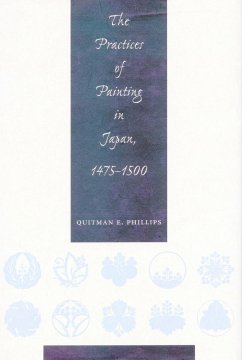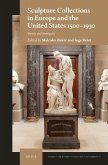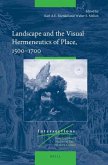This book attempts to expand the grounds and methodology of studying Japanese art history by focusing on the conditions, procedures, events, and social interplay that characterized the production of paintings in late-fifteenth-century Japan. Though the book's ultimate concerns are art historical, its analysis also draws heavily from the insights of sociology and social history. At its core is a fresh examination of the major primary documents of the period in an attempt to liberate the study from assumptions long embedded in the historiography of late medieval Japanese painting history. Early chapters describe documents, methods, basic sites, and conditions of painting before turning to the main contribution of the book, painting considered as a body of social practices. The production of painting in the late fifteenth century was profoundly social, dynamically related to the circumstances of its agents. Painters, advisors, assistants, clients, and others did not exert themselves simply to bring paintings into existence. They sought advantages (such as wealth and prestige), met obligations, and satisfied the demands of custom. Surviving documents from the period present rich evidence of the involvement of such persons in the imperial court, the Ashikaya-Gozan community, the great temples of Nara, and the halls of local lords. The author takes into account the patterns of expectation that existed at the various sites but does not construe them as static and mechanically determined. Rather, he shows that expectations evolved in response to changed conditions. Although this study specifically addresses the last quarter of the fifteenth century, it can aid future research in Japanese painting practice in other eras by serving as a model of how new interpretations can emerge from close documentary investigation.








